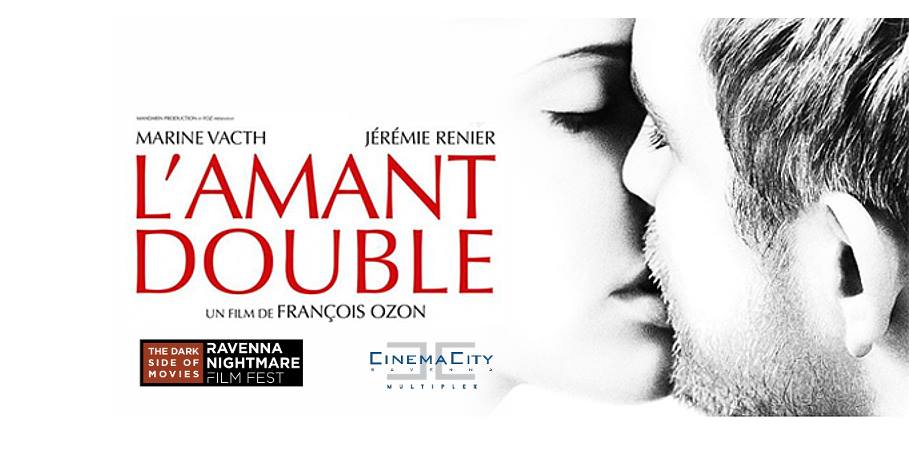
Based on a short novel by Joyce Carol Oates (Lives of the Twins), L’amant double is the result, and probably the conclusion, of a permanent duality. With geometric rigour, the French director falls into the head of a woman disconnected from the real world. The cause, revealed in the epilogue, is deeply rooted in twin birth - a parasitic twin birth shown in its most monstrous aspects.
Chloé is a young fragile woman that internalizes a secret, trying to face it in therapy. Paul, her psychiatrist, keeps listening to her without saying a word, seduced, until the day he decides to end the sessions. But Chloé returns his feelings and moves her life (and her cat) at his apartment. Everything seems to be looking up, when she finds out that Paul has been hiding his dark side: Louis, his monozygotic twin brother who also is a psychiatrist practicing in another neighbourhood of Paris. She takes an appointment: attraction between them is fatal. Chloé loves them both, one kindly, the other with bestiality. The other one that’s female, that’s double, that’s rat, that has wings, that can’t be dead, that’s a murderer.
The style is the one of Brian De Palma, with a postmodern and unbridled taste for quote. Cinephile references don’t end with Sisters. In Ozon’s cinema there’s a genious discipline that quickly assimilates the masters’ work painting a canvas of bright colours and stunning visions. In his variation on the twin birth theme you can find David Cronenberg, Alfred Hithcock’s spiral staircases and dizzying heights, Fritz Lang’s behind-the-door secrets, Jacques Tourneur’s disturbing animals and Roman Polanski’s indiscrete neighbour (Rosemary’s Baby).